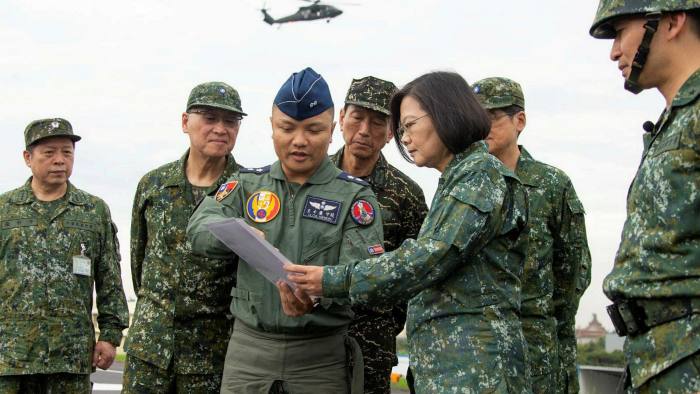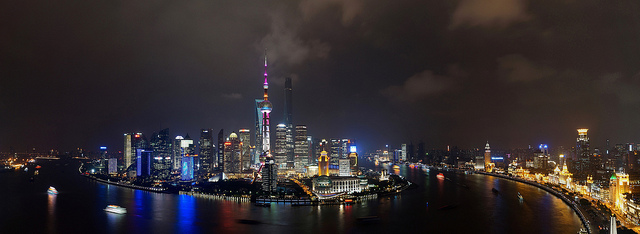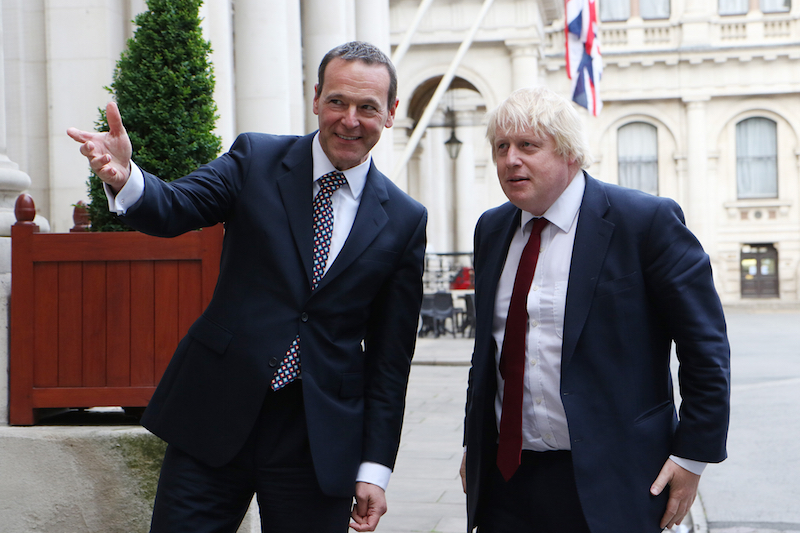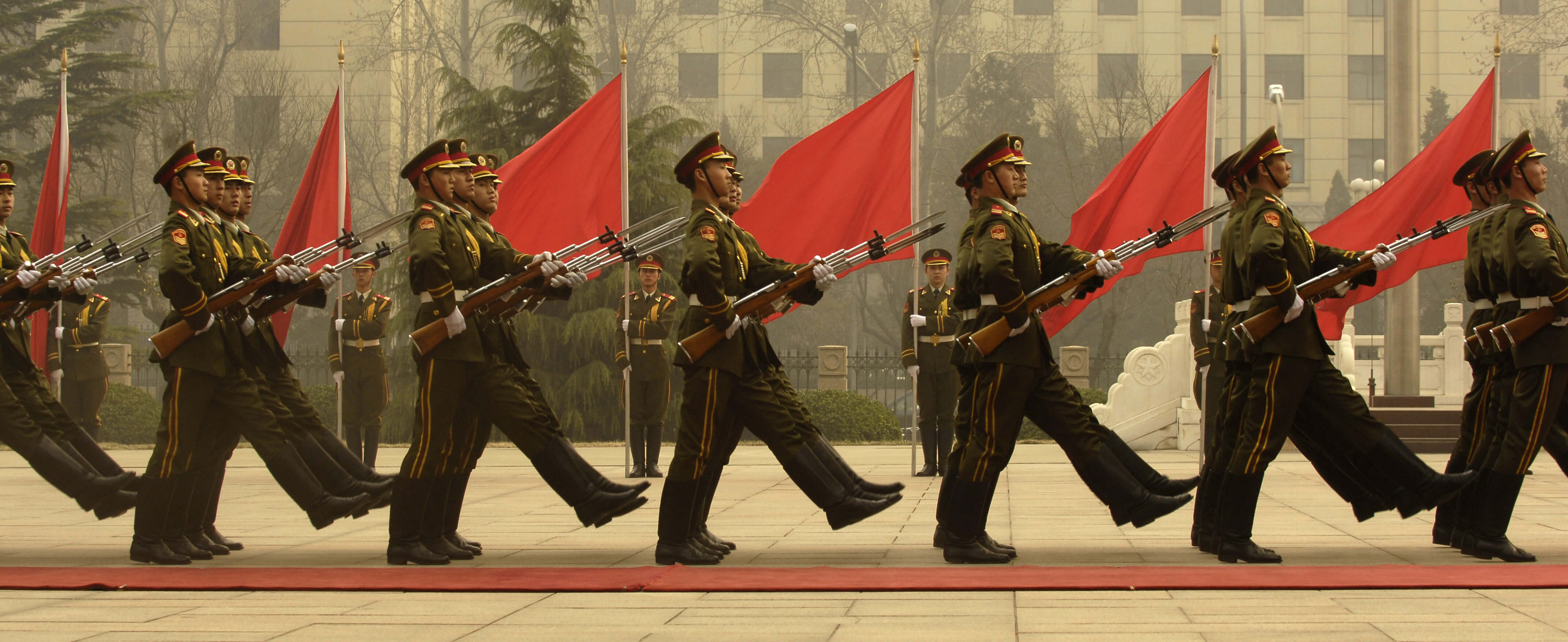The NATO Association of Canada’s editors share their thoughts this week on whether or not a military defense of Taiwan is feasible, and what that would look like based on today’s international relations.
Liam Brown
The global crisis that would precipitate an invasion of Taiwan would test the very limits of the liberal international order, and its outcome could fundamentally shift the centre of global power for the first time in nearly eight decades. The fate of Taiwan may hinge to a great extent on the willingness of the United States to intervene on its behalf. Should America – beleaguered by domestic divisions and exhausted of foreign military escapades – standby during an invasion of Taiwan, the island would be in great peril. A side-by-side comparison of China and Taiwan’s armed forces does not bode well for the defenders. Taiwan’s annual military expenditure is a fraction of China’s, just $13 billion USD to China’s estimated quarter-trillion or more, and their disparity in number of combat aircraft, naval assets, and long-range missiles is equally stark. A Chinese first strike could leave most of Taiwan’s airstrips cratered, and despite the presence of some Patriot and indegenous air-defence systems, the density of the island and the sheer numbers of Chinese assets would leave Taiwanese forces in grave danger of entirely losing control of the air. The invasion fleet could be the largest assembled in modern history, drawing on thousands of maritime militia craft to shuttle forces across the strait. It would doubtless fall prey to sea mines, shore-based anti ship missiles, and the first wave would be lucky to make it ashore. But the determination of Beijing to succeed and the fact that they are not beholden to an electorate would likely mean that casualties would be seen as a new generation of Maoist heroes rather than an unacceptable cost (even assuming that casualty figures would be reported accurately on the mainland). Without external intervention, Taiwan would likely succumb after weeks of bombings, rocket attacks, and round the clock insertions of Chinese forces.
Taiwan’s survival during such an onslaught would almost certainly depend on their powerful regional allies. A relief force, led by America and possibly including Japan, Australia, and others, would drastically shift the balance of power in terms of both hardware and military expertise. The ‘double black diamond’ of military operations, a large-scale amphibious assault, would be severely hindered by the presence of the US 7th fleet and the hundreds of aircraft that would rush to relocate to the region. A determined resistance by America could prevent a successful invasion, either by denying China access to the island or imposing casualties that even Beijing would deem unacceptable. Thankfully, both scenarios remain extremely unlikely. Both Washington and Beijing are well aware that the catastrophic conflict it could start would serve neither of their interests. But history shows us how major powers can unwittingly spiral into conflict in spite of their own best interests. As the likelihood of a Chinese invasion of Taiwan seems to loom larger with each headline, the island’s defence is a reality that we may soon have to face.
Justin Dell
A military defence of Taiwan by the Taiwanese, leading to a successful repulsing of a Chinese invasion, is possible, and eminently feasible if it is buttressed by the United States.
The historical record provides stunning examples of David-and-Goliath military contests in which either the ostensibly weaker opponent prevailed, or the larger won a Pyrrhic victory. The Soviet-Finnish War (1939-1940), in which the Soviet Union invaded, but was held off for three months, by tiny Finland, illustrates what determined defenders protecting familiar but difficult terrain can do, even in the face of overwhelming odds. Although that conflict ended in a Soviet victory, it came at a staggering cost in Soviet lives and materiel. That was a sacrifice that at least the stolid 1930s USSR, inured to industrial-scale bloodshed by twenty years of political purges and primitive war communism, could afford, or at least conceal from its domestic population.
The People’s Republic of China has no such luxury. Despite some border clashes between the PLA and Soviet units in the 1960s and a tussle with Vietnam in the late 1970s, China has not fought a conventional war of any substantial scale since its participation in the Korean War. That ended in 1953. Since the reform era of Deng Xiaoping, China’s population has experienced a breathtaking leap forward in economic development and tasted the fruits of affluence. It has since also become a one-child society. More to the point, it has an army made up of only-children, whose parents will be very reluctant to see their sons – and the perpetuity of their family line – cut down in foreign military adventures. Can Beijing afford a bloodbath politically? The answer may very well be no. The early ravages of COVID-19 in Wuhan saw unprecedented public outrage directed against the CCP by average Chinese, although Beijing was able to reverse it. This suggests there are limits to the degree to which even the putatively submissive Chinese population is willing to absorb the heavy costs of the CCP’s management of the country.
Turning to Taiwan, the evidence suggests that is exactly what an invasion of the island would entail – heavy Chinese casualties. An inexperienced PLA would not only have to confront Taiwanese opposition, but also their American allies, whose experienced Army and Marine Corps units have added two wars to their service pedigree in this century alone. The PLA would have to invade across a body of water and occupy difficult terrain. For Beijing to successfully vanquish Taiwan without risking domestic opposition – its overriding concern – it would have to be confident of a rapid and relatively cheap victory. The specter of a determined defence of Taiwan will erode Chinese certainty of their fortunes. Thus, much like a self-fulfilling prophecy, the prospect of having to militarily defend the island is inversely related to how robust the specter of its defence is raised by Taiwan and the United States, thereby deterring Beijing.
Emilio Angeles
Beijing is shifting its focus on reunification with Taiwan after being empowered by the National Security Law it imposed in Hong Kong in June last year. Tensions between the two countries mounted in early October when 145 Chinese warplanes flew over the Southwest of Taiwan and demonstrated the scope of President Xi Jinping’s ambitions: achieving the China Dream and recovering from a historical ‘century of humiliation’. The scale of China’s military capabilities is also clear. With more than two million active personnel and the largest ground force and navy in the world, China can maintain prolonged military conflict in the Taiwan Strait that would test the determination of Taiwan’s soldiers and its citizens.
A report by the Council on Foreign Relations highlights three scenarios for a military conflict over Taiwan. These scenarios include an invasion into Taiwan’s periphery, imposing a quarantine by seizing control of its key airports and harbours, and invading the island country through a siege or special operation. Under optimal conditions, Taiwan should be capable of resisting these attacks using the resources provided by Japan and the United States. However, unalignment between trilateral partners is a point of vulnerability in Taiwan’s defences and needs to be resolved for the island country to be prepared for an attack.
The One China Policy and the Taiwan Relations Act passed by the US Congress in 1979 characterizes the US-Taiwan relationship and gives the US the option of protecting Taiwan during an attack. Open war against China is the worst-case scenario for the US, which developed a porcupine strategy from the TRA to enable Taiwan to defend itself. The strategy aims to develop Taiwan’s defence capabilities and boost its significance in the global economy using a combination of capacity-building through the Global Cooperation and Training Framework, arms sales from the US, and promoting trade opportunities. Also emerging from the TRA is the concept of strategic ambiguity which preserves stability in the Strait by preventing China from determining whether the US would defend the island country during an attack. Despite its prowess, strategic ambiguity also imposes a similar effect on Taiwan, worsened by an inconsistent defence posture and the devolution of the 2017 Overall Defence Concept.
Taiwan is incapable of defending itself against an attack without improved clarity from its allies. As identified by the CFR, Taiwan only needs to defend itself long enough for its allies to make difficult choices. Whether its allies provide support during an attack is a lingering question that will continue maintaining stability in the strait, protecting US interests, and preventing lasting peace for people living in Taiwan.
Olivia Cretella
In October 2021, President Biden made the claim that America had a commitment to defend Taiwan from China. To claim that a military defense of Taiwan is infeasible may be too simple, but the strategic and diplomatic implications of such an action may disrupt the world order to the point of detriment.
China recently flew 56 fighter jets close enough to Taiwan to solicit the launch of Taiwanese military aircraft. When looking at a basic comparison between the two militaries, there is an extremely low likelihood that Taiwan could defeat China by itself. The US and its claim to defend Taiwan could be promising, but President Biden’s response is not in-line with the US strategy of “strategic ambiguity” when it comes to Taiwan. Many of these efforts to be ambiguous come down to an attempt to curb escalating tensions between the US and China. Keeping options open with strategic ambiguity allows the US to be flexible, and so far it has been credible enough to hold back a war. The question remains though, how long can this credibility last?
When backed by America, Taiwan will have a fighting chance to ward off China. China’s primary goal when attacking Taiwan will be to take the country and re-unify it with the mainland, if it cannot achieve this goal, the entire fight would be pointless. This would also require China to conduct multiple amphibious assaults, which are extremely difficult tactical military operations. There is no doubt that China’s capabilities are improving at a rapid pace, but keeping a competent and efficient force is the other half of the puzzle that many tend to overlook. Taking a territory is not easy, and with strong preparation, the US and allies can help Taiwan achieve a sufficient defense. The US military continues to perform wargames based on this possibility.
The diplomatic and strategic implications of a conflict like this would have the power to change the international structure. With elaborate, intertwined economies, globalization, and a looming American decline as the global hegemon, a war between the US and China is most certainly a recipe for disaster. If the US loses such a conflict, the world may face a new regional hegemon in the East- if it is not already. There is much to think about when it comes to this, especially in terms of implications for the global economy and for freedom of navigation.
Is a military defense of Taiwan infeasible? No. Are the effects of the conflict going to be isolated? Absolutely not.
Disclaimer: Any views or opinions expressed in articles are solely those of the authors and do not necessarily represent the views of the NATO Association of Canada.
Cover Image: President of Taiwan, Tsai Ing-wen, and members of the Taiwanese military. Found at Financial Times via REUTERS.




